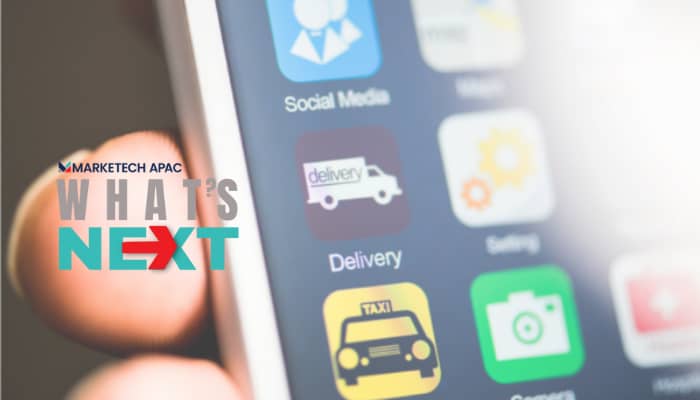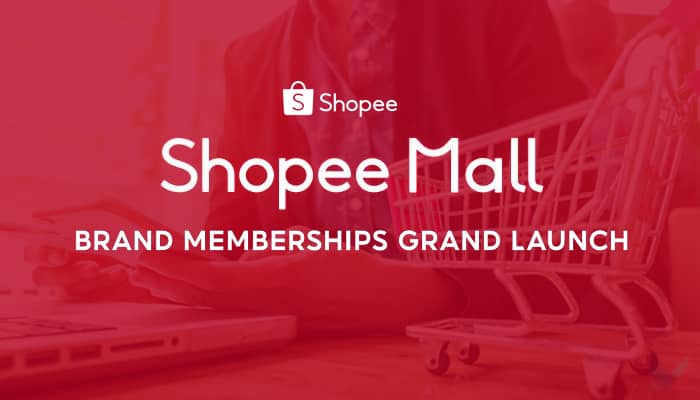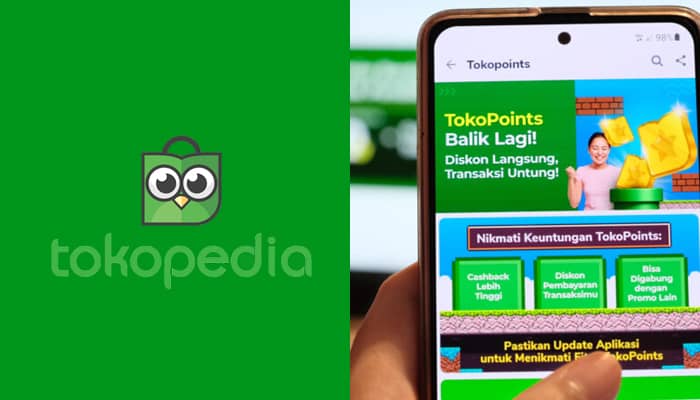A powerful customer engagement strategy involves more than a loyalty offering. It needs a ‘customer-obsessed’ mindset that puts the customer experience at the heart and centre.
A customer-obsessed culture will enable better customer retention rates, plus open up opportunities to generate. Getting revenue from your existing customer base, which is often easier and probably less expensive than acquiring a new one. But you have to do both, and loyalty can help achieve this goal.
However, a loyalty program also has to be easy and valuable for both existing and new customers. An innovative loyalty program is best integrated across all consumer touch points rather than live in a silo. This means loyalty needs to permeate all channels such as email, SMS, point-of-sale, and beyond.
In the recent Cheetah Digital Signals21 event, Richard Jones, CMO at Cheetah Digital, spoke with Brad Bissonnette, vice president for marketing & franchise recruitment at COBS Bread, the sister store to the iconic Australian bakery chain Bakers Delight. With over 100 locations across Canada, COBS Bread wanted to engage consumers with surprise and delight. They also wanted to gather critical product and sentiment data to help keep their offerings top of mind with consumers.
COBS Bread partnered with Cheetah Digital to build a unique solution that engaged customers, offered flexibility across the rewards, and fed the company with high-quality consumer data. COBS Bread wanted to optimise and personalise their offers for customers by feeding data to inform their product and menu items.
A loyalty program is more than just a point system
A loyalty program needs to go beyond points for purchase and provide more value and convenience for the customer. Bissonnette explains that by looking at loyalty in a silo, you’re really missing the larger opportunity with loyalty.
“Ensuring your loyalty program is an experience, rather than just points from purchase, will heighten a customer’s experience, leading to more sales for your business. This is because loyalty transcends far more than points and for our journey, it again is around how do we provide more utility for our customers? How do we make their lives so much easier? That’s the journey that we’ve embarked on,” said Bissonnette.
“For brands that are considering heading down the loyalty channel, it’s really asking that important question; how can I provide more convenience? How can I provide more utility for our customers?” Bissonnette adds.
Rolled out in Canada mid-2021, Bissonnette says the COBS Club loyalty program embraces loyalty as a more holistic approach.
“It’s early days into our digital loyalty program COBS Club. Our initial offering focused on points, but the ultimate vision is to deliver a digital customer experience that cannot be matched. This will transcend beyond collecting points and continue to add more utility for our customers,” Bissonnette says.
The key to success for COBS Bread has been buy-in across the organisation – from its franchise network to the rest of the organisation, which allows them to continue to embark on the path.
“We now have COBS Club up and running with customers now collecting points on everything they purchase within the bakery. We’re looking forward to the next iterations where we get to a single source of truth and the ability to ultimately order online and everything from store value and gift cards. This is phase one in what will be a multi-year journey to continue to provide more utility and convenience for our customers,” Bissonnette explains.
Unpacking the key phases of a loyalty program
Currently, COBS Bread is in the early stages of rolling out COBS Club. Bissonnette says the bakery franchise is solely focused on acquisition.
“Our goal right now is to do whatever we can to bring customers onto the platform, so that we can then start to truly understand our customer’s needs and wants. From there we’ll start to get into the other common metrics of sales per transaction, average basket size, and average monthly value of the customer. We’ll have all these metrics starting to flow through.” Bissonnette says.
COBS Bread has started off with great results. The company originally forecasted that in their first year they would acquire between 75,000 to 80,000 customers. But six weeks into the program and they have more than 100,000 new customers.
“Our goal in the first year now is heading towards 250,000 customers. While those metrics are interesting, they can give us a sense of the health of the program,” Brad explains.
Bissonnette says within three to six months into the program, the next phase will begin. In this phase, the company will start to know the demographic information and start to understand the behaviour of their customers.
“I am keen to view customer purchase patterns, explore what’s in their basket and start to really segment using this type of purchasing behaviour. If we can get into that and truly understand those commonalities, we can then start to cater content that is going to provide incremental value and truly take that core metric of active users to 60%,” said Bissonnette.
“It is basic numbers right now but it’s all about acquisition. Our goal is to have the numbers to be able to cater customer experience moving forward,” Bissonnette explains.
A digital loyalty platform can help in so many ways; he says, “Whether that is understanding the financial implications for your finance team to unlock further growth, developing consumer insights through your customer service team or understanding the operational aspects within each one of your units.”
“If you only look at loyalty from a sales or marketing perspective, you’re missing out on all the potential opportunities a loyalty platform can bring,” he adds.
Culture is at the core of a robust loyalty program
Bissonnette says loyalty culture boils down to the culture of a customer service-centric focused organisation.
“For us, it came from day one with the vision from Roger and Leslie Gillespie, who opened the first Bakers Delight in Australia. Their key focus was on delivering high-quality products, outstanding customer service environment, and supporting the communities,” Bissonnette explains.
When your DNA has ‘service’ running all the way through, it has to have loyalty running all the way through it as well, he notes. This is because you ultimately have to take that next step to deliver on a loyalty platform that allows you to elevate your service.
“Loyalty is the next phase of ensuring we can deliver a customer experience that cannot be matched. Having a loyalty platform, it’s giving us the data that we have missed for years. This data provides us with a true sense of what our customers want, what they are purchasing, and how we can ensure that we can meet their needs,” Bissonnette concludes.

This article is written by Billy Loizou, VP for Go To Market for APAC at Cheetah Digital.
Cheetah Digital is a cross-channel customer engagement solution provider that enables marketers to create personalized experiences, cross-channel messaging, and loyalty strategies.

















